Disclosure: We may get commissions for purchases made through links in this post.
Polymeric sand is one of the most essential components of any paving project. This bonding agent keeps the paver joints together and gives a neat finish to the pavements with its clean lines. However, it is quite easy to run out of it in the middle of the project and especially frustrating when you just have little space to finish off. So, is there an alternative to polymeric sand that you can use? We've found the answer for you.
If you're in a tight spot and run out of polymeric sand you can use:
- builder's sand
- cement
- stone dust
- whitewashed sand
- plain sand
- mason's sand
- washed concrete sand
In this post, we'll break down the pros and cons of each to help you pick what to use in any type of situation.
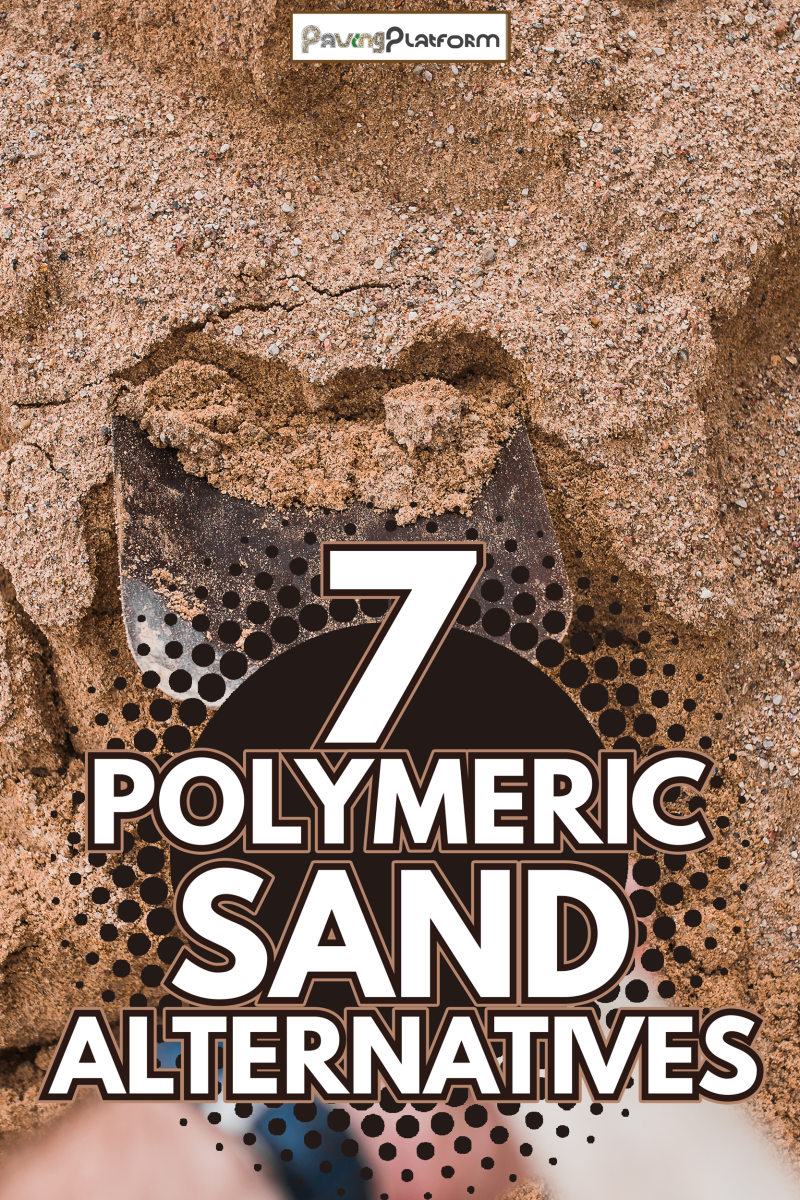
1. Builder's Sand
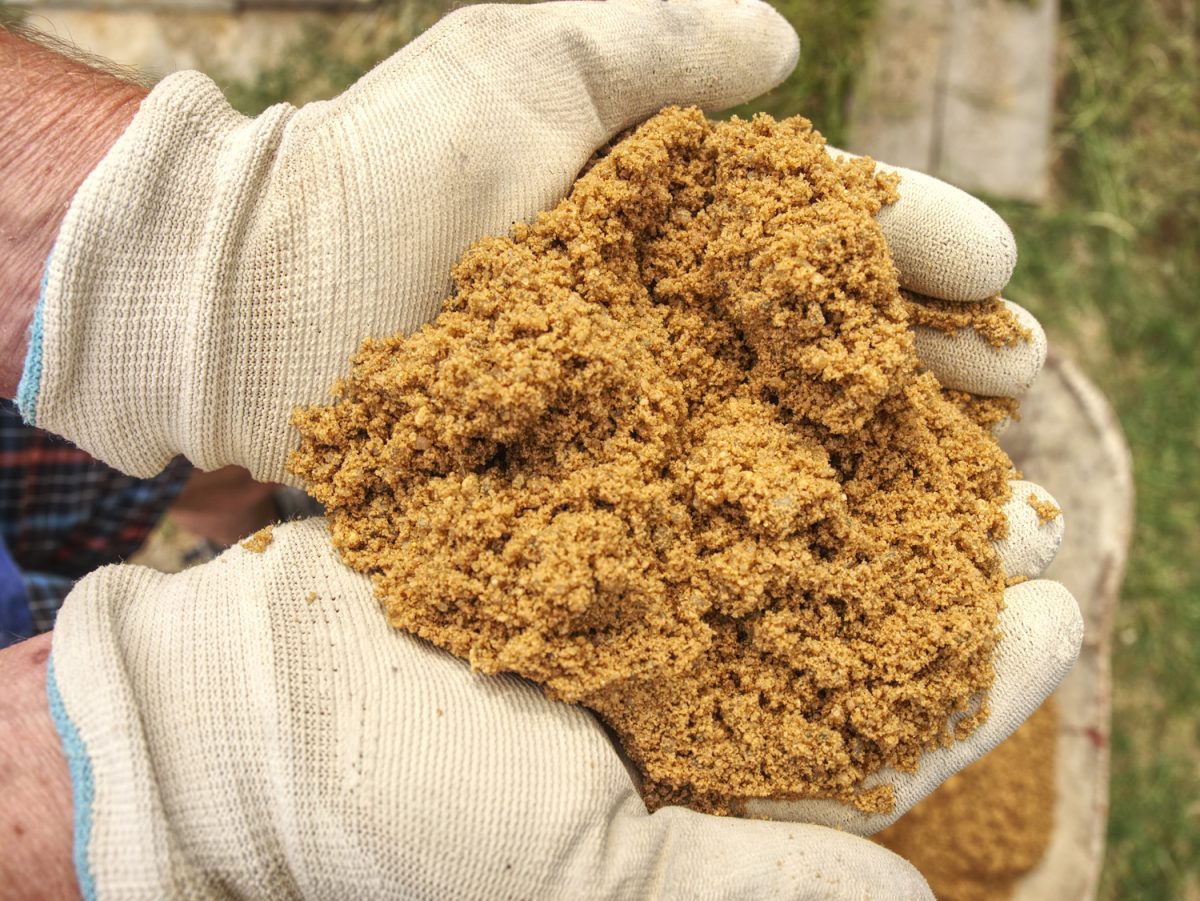
Builder's sand tops this list just because of its accessibility. It can be found anywhere that has construction and it's very inexpensive. It would do well in a pinch and if you only need to work on a small area.
However, the downside is since this type of sand is very coarse, it will require you to re-apply every few years depending on weather conditions because it easily erodes.
Pros:
- Easy to access
- Affordable
- Easy to use
Cons:
- Erodes easily
- Ants are attracted to this type of sand.
- Weeds can grow through this sand.
2. Cement
If you're after the stability and binding element of paver's sand, cement is your next best option. You can put a concrete slab on the top of the area you're paving to ensure stability and uniformity before laying your pavers, but once you do put them in you'll be hard-pressed to take them out.
You can also use cement in between pavers, which is a bit easier since you can just pour cement mix in between your stones.
Pros:
- Does not erode easily
- Stability
- Durability
Cons:
- Tricky to apply
- You do not get do overs
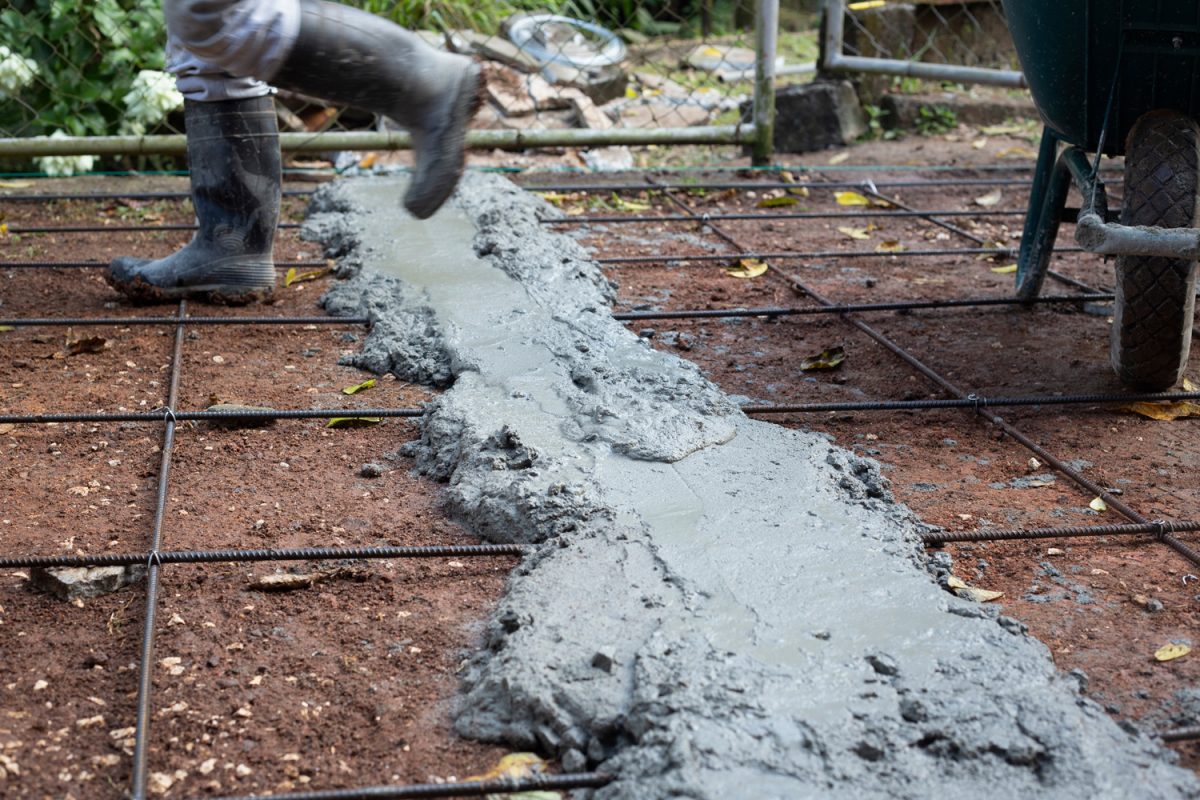
3. Stone Dust
Stone dust is a by-product of crushed stone, like gravel, hence the name. It's also called rock dust, quarry screenings, or quarry dust. The dust is easy to lay on the pavers and keeps evenness and stability in your project.
Stone dust is non-porous which means it will do well in wet conditions and it's solid enough to keep the weeds from growing in between your pavers. The downside here is the particles might be too big to stay in between your pavers and you'll need to re-apply constantly.
Pros:
- Inexpensive
- Easy to use
- Versatile
- Non-porous material
Cons:
- Erodes easily
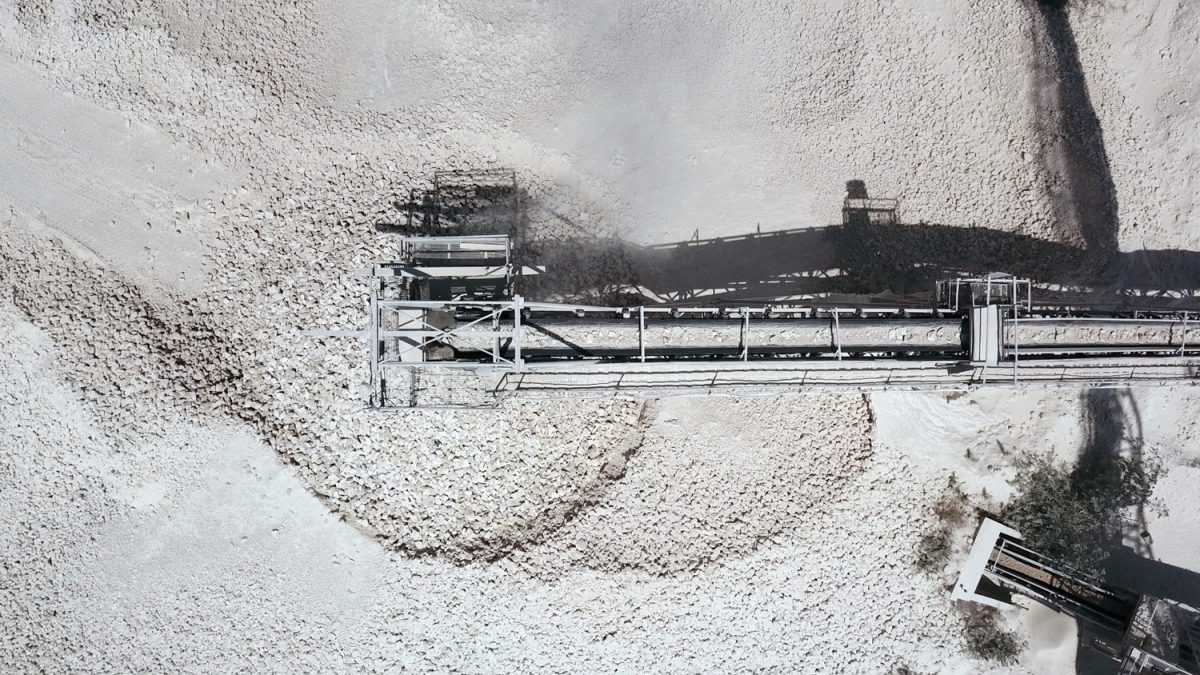
4. Whitewashed Sand
Whitewashed sand is a great alternative to polymeric sand because it has almost all the same great qualities as the latter. It keeps weeds away, and generally holds up well against regular wear and tear. It also makes a great replacement because white-washed sand is easily accessible and easy to apply.
Pros:
- Easy to apply
- Accessible
- Keeps weeds away
- Almost matches polymeric sand
Cons:
- Weak bond
- Expensive
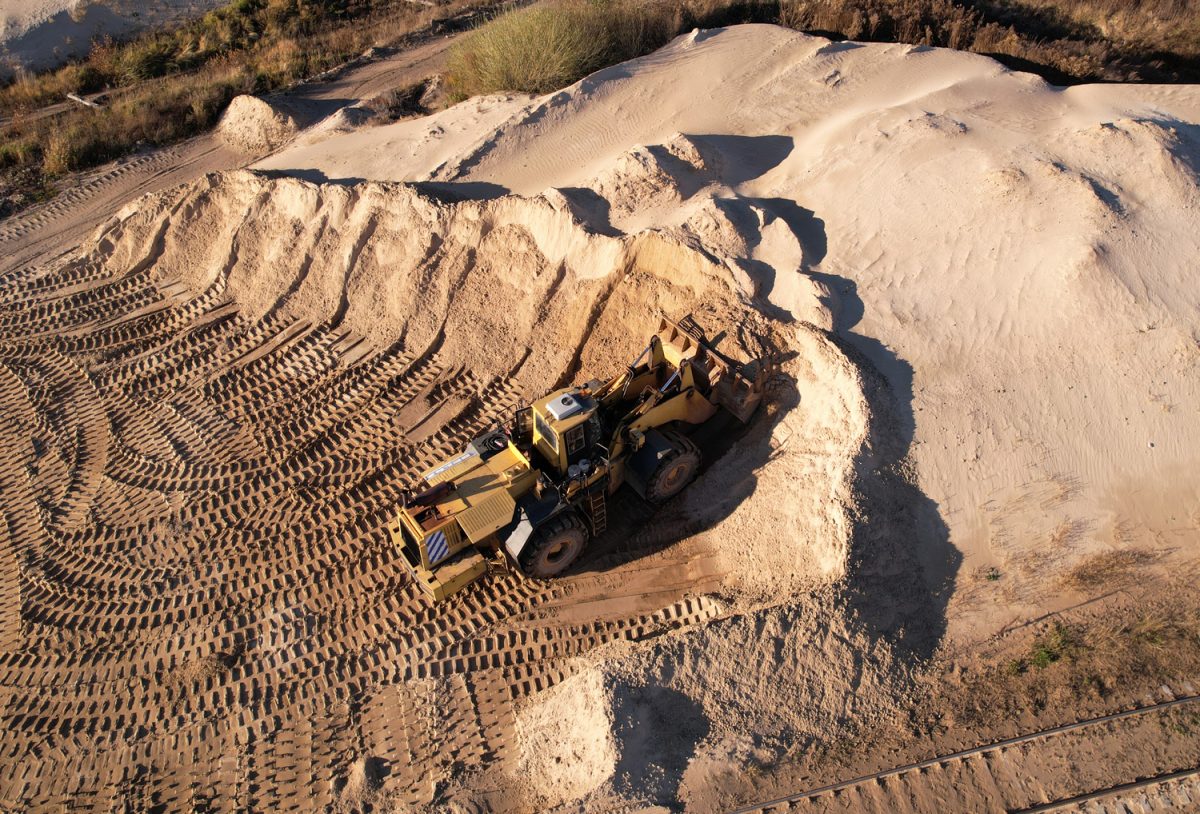
5. Plain Sand
You may think that since they are technically both sand, plain old sand can be used as a paver sand alternative, but it comes last for a reason. In dire cases and if it's summer season you may use plain sand, but be ready to replace it immediately which may be relatively acceptable since it's very cheap.
Pros:
- Easily accessible
- Affordable
Cons:
- Not sturdy enough
- Comes in only one color
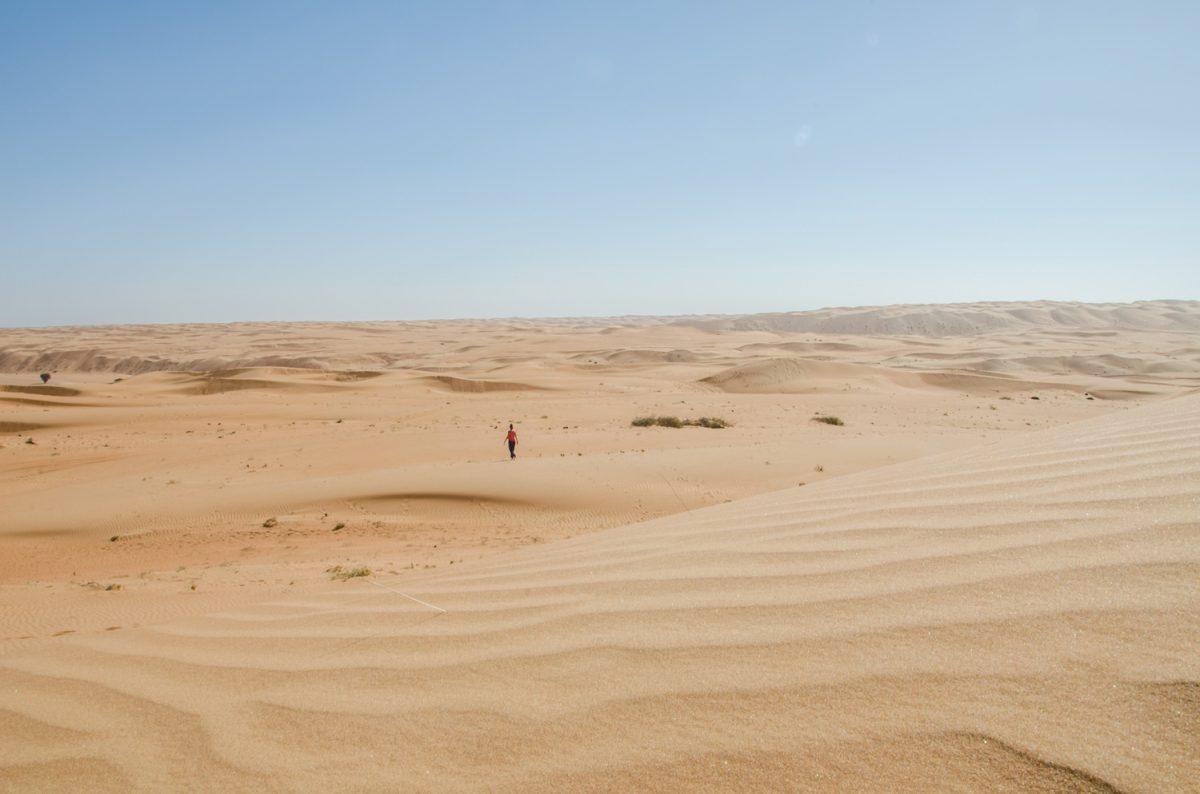
6. Mason's Sand
You can also use masonry sand when you're aiming for a more aesthetically pleasing paving project due to its fine texture and neat application. Mason's sand is more similar to concrete sand, so it ensures more resilience against the force of nature than normal polymeric sand.
Pros:
- Looks good
- Sturdier than polymeric sand
Cons:
- Needs to be checked regularly, has different mix than polymeric sand
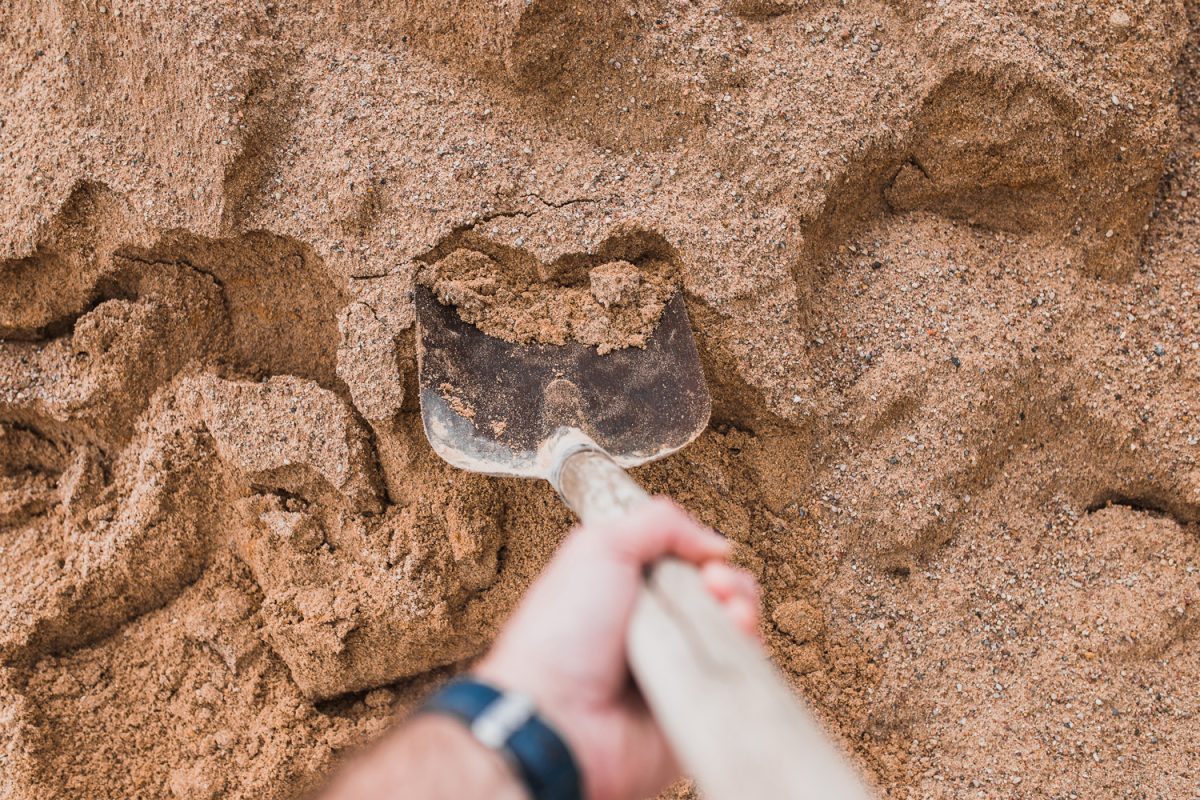
7. Washed Concrete Sand
Washed concrete sand, on the other hand, is more well-known for being used as bedding sand. You can also use it as paving sand if you're trying to save on cost and time since you can just use the leftover mix.
In terms of longevity, however, do not expect too much since concrete sand has bigger particles that cannot get deeper into the paver edges and will just cause your pavers to erode in the long run.
Pros:
- Readily available
- Multi-purpose
Cons:
- Washes away easily
- Different particles
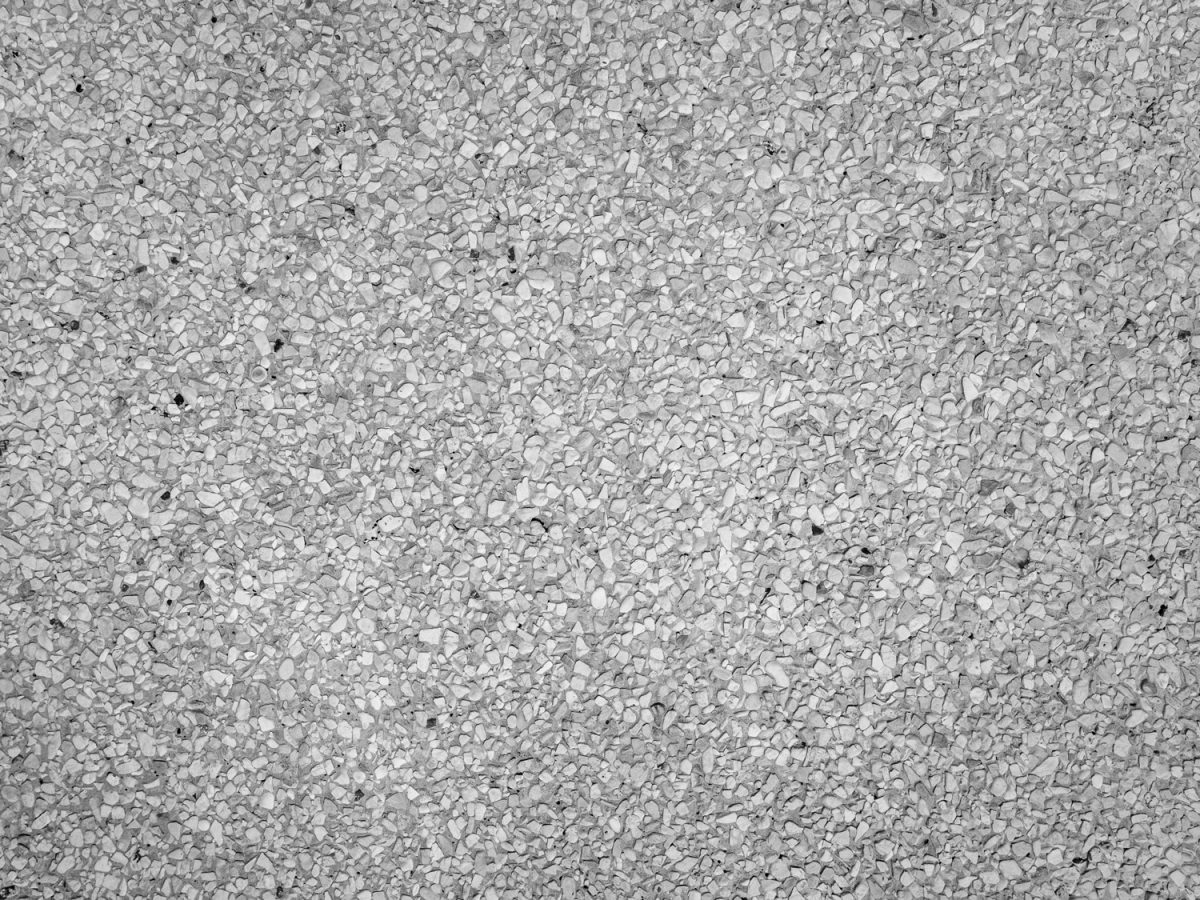
Brand Recommendations
Now that you've looked over the list of possible polymeric sand replacements in terms of materials, you can also pick a replacement by known brands.
Midwest Products Premium Stepping Stone Cement Mix
Comes in a huge 7-pound bag to ensure you'll never run out of paving sand in the middle of a project again. This brand ensures a mix of latex, fine cement, and curing agents that ensure the durability of your pavers. Ease of application also translates into an incredibly smooth finish.
EnviroSAND
EnviroSAND is a brand well known as a polymeric sand alternative. It works as well as polymeric sand and even matches the best quality of polymeric sand, like non-porous surface, strong bonding capabilities ensuring your pavers will stay in place.
The only caveat here is EnviroSAND is more expensive than your usual polymeric sand.
PermaSand
Another paving sand alternative is PermaSand, this is great when you're working on big areas that require three or more pavers to stay together.
Teton-Black Foundry Green Sand
Next on the list is a versatile type of sand that can be used even for metal casting. It comes in a 10-pound bag that will come in handy whenever you're embarking on a large project. It also has a great finish and ensures longevity for your pavers.
Can I Make Polymeric Sand
It is easier and more convenient to use any of the suggested polymeric sand alternatives than making your own. Polymeric sand has special additives that activate bonding agents when mixed with water.
This chemical reaction between the ingredients is what makes the polymeric sand permanent upon application. It will be difficult to redo the step of paving sand application. Since the stability and design of your pavers are at stake, it'll be safer to bet on any of these alternatives than trying to experiment on your own.
The Takeaway
Polymeric sand has many great alternatives with varying degrees of accessibility, affordability, and effectiveness. With the market saturated with these options, you don't have to resort or take chances in making one your own, which might sabotage your paving project.
You might have to be discerning in picking the right product. Some will come cheap indeed but will hit you with expenses once you realize how often you have to re-apply it, or you might've picked a pricier one but the quality does not match up to the price. In any home improvement project, it's always important to pick the right tools for the job.
If you're looking for more tips or information on polymeric sand be sure to check out our blog post on "How Long Does It Take Polymeric Sand To Cure?" and "Why is my polymeric sand not hardening?"



![Vibrant Red Paver Stone Path, Can You Spray Paver Sealer? [How To Apply It]](https://pavingplatform.com/wp-content/uploads/2022/04/Vibrant-Red-Paver-Stone-Path-600x400.jpg)
![Properly laid out red pavers for a garden, Can You Tint Paver Sealer? [And How To]](https://pavingplatform.com/wp-content/uploads/2022/04/Properly-laid-out-red-pavers-for-a-garden-600x400.jpg)
